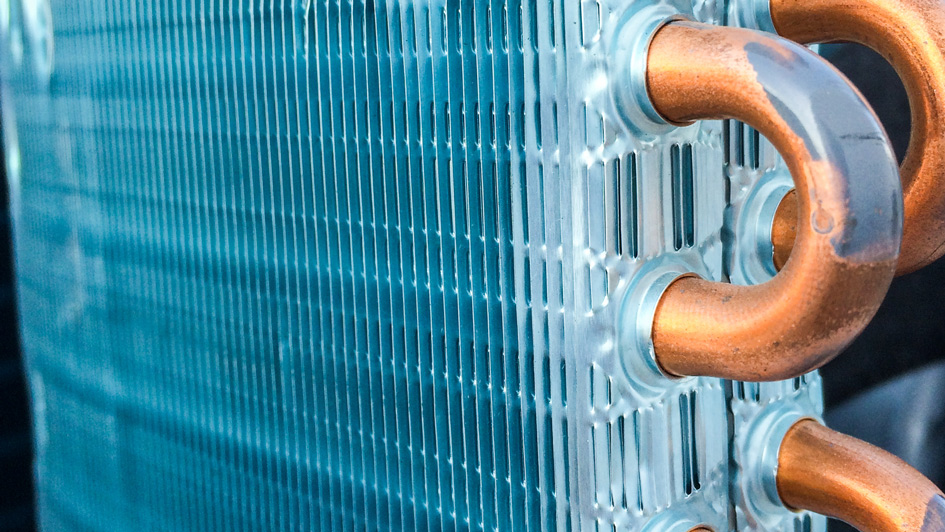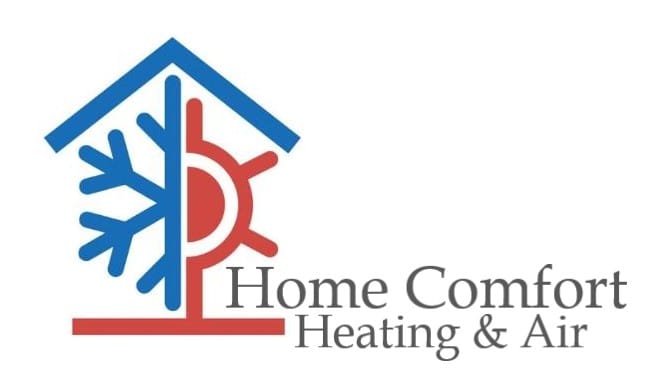
A furnace is usually a background player at home, ensuring you're warm during the cold winter months. It frequently isn't noticed until something breaks down.
One root cause may be that your furnace has a cracked heat exchanger. It can be a safety risk, so it’s critical to learn the symptoms of a cracked heat exchanger and what you can do if you suspect that may be the problem.
What Is a Heat Exchanger in a Furnace?
A heat exchanger helps transition heat from the combustion chamber of your furnace to the air that flows through the air ducts. It generally accomplishes this with coils or tubes that warm the air while serving as a barrier to keep byproducts formed in the combustion chamber, called flue gasses, from leaking out into your home.
Is a Cracked Heat Exchanger Dangerous?
Because of its important role, it isn't surprising that a damaged heat exchanger can pose a risk. Cracks in the heat exchanger can enable dangerous gasses – like carbon monoxide, which can be lethal – to be distributed through your home.
For that reason, don't ever use your heating if you believe you're dealing with a cracked heat exchanger, as letting it run could make the whole household sick. Call an HVAC professional right away if you are worried your heating has a cracked heat exchanger that should be repaired.
Four Symptoms of a Cracked Heat Exchanger:
- Furnace switches off: A crack in your heat exchanger could cause your furnace to turn off.
- Unusual Smells: If the air coming out of your furnace has a powerful chemical scent, it might be an indicator that gasses are slipping through cracks in your heat exchanger. These byproducts, which will often smell like formaldehyde, are a significant warning sign.
- Carbon monoxide alarm is triggered or you feel health problems: If a cracked heat exchanger is relieving carbon monoxide inside your home, your carbon monoxide alarm should go off or household members may experience signs of carbon monoxide poisoning. Side effects include headaches, dizziness, weakness, nausea, vomiting or feeling drowsy. If the alarm goes off or you feel unwell, exit the home immediately and then call for help.
- Soot: If you spot black sooty accumulating on the exterior of your furnace, it’s more evidence something may be seriously wrong.
What You Should Do if the Furnace Heat Exchanger is Cracked
If you suspect your furnace has a cracked heat exchanger, call a professional with extensive experience in furnace installation Elk River right away so they can examine your system and, if needed, start a furnace heat exchanger replacement. Costs should vary depending on the situation, but estimates often hover around $1,000 to $3,000.
Estimates aside, the good news is that heat exchangers are often included in the warranty. It's a good idea to check the warranty paperwork on your furnace, since while the warranty may not cover the entire cost of repairs, it still may significantly lower your bill.
How to Avoid a Cracked Heat Exchanger in Your Home
One of the best ways to prevent a problem in your furnace overall is with consistent furnace maintenance. Furnaces offer the most benefits when they work efficiently. Calling a trained professional to examine your furnace for broken-down parts, clogged filters and other potential problems can keep you from getting a big bill later on.
It’s also beneficial to review your furnace filters every few months – it’s recommended some filters be replaced every 90 days or sooner if they are dirty or grimy. While the filters are not part of the heat exchanger itself, the strain of dragging air through a clogged filter makes your entire furnace work harder to do its job. And the harder your furnace has to work, the more wear and tear pieces like the heat exchanger will experience.

